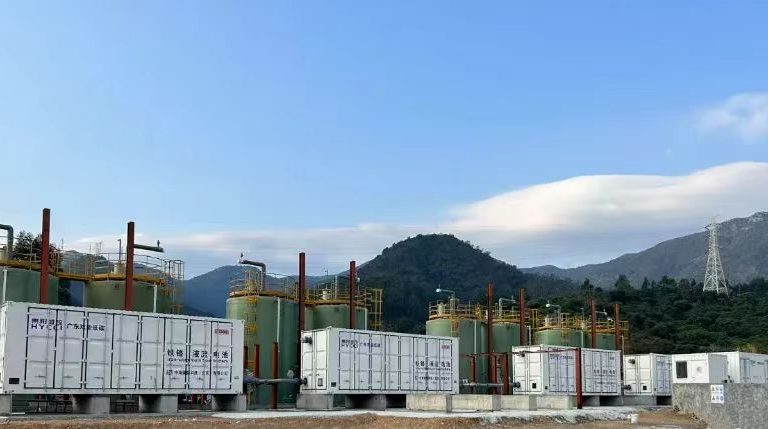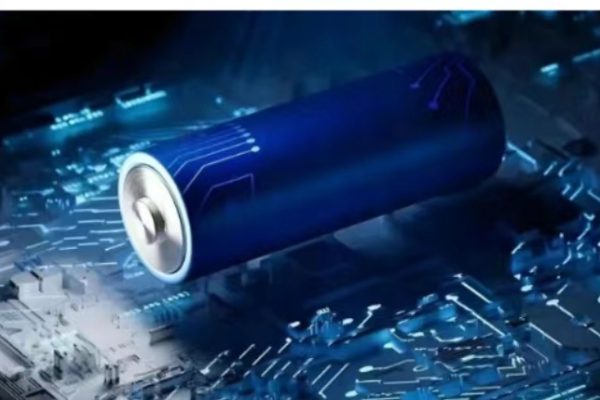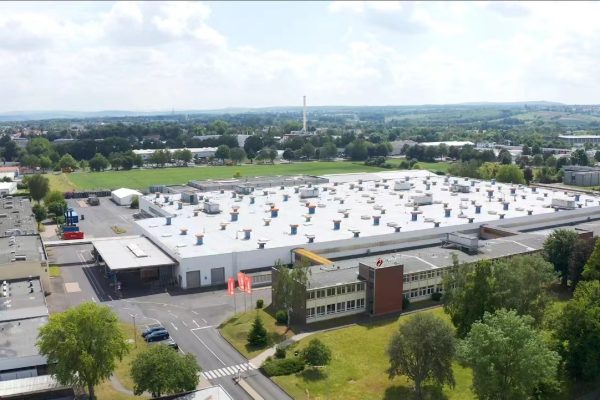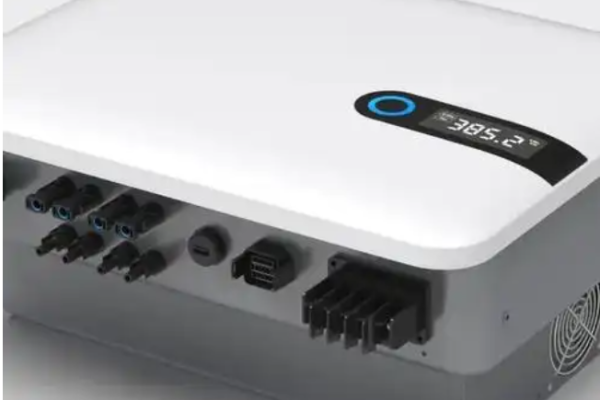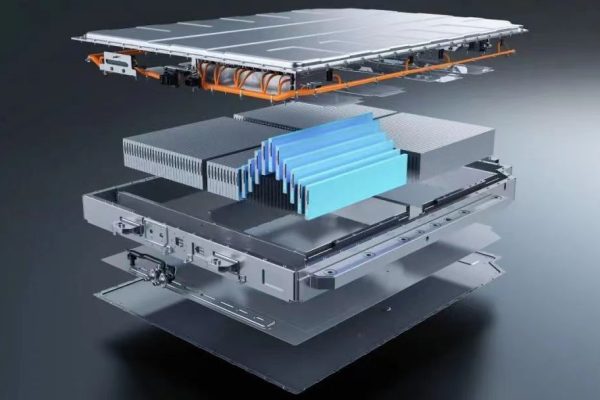Hybrid Power Integration for Resilient and Flexible Energy Supply
1. Why Combine PV, Storage, and Diesel?
As power reliability becomes a growing concern in remote and off-grid regions, many facilities are turning to hybrid systems that blend:
- PV (solar photovoltaics)
- ESS (energy storage systems)
- Diesel generators
This combination offers renewable energy savings, backup reliability, and round-the-clock energy availability. But many integrators and facility managers ask:
Can solar + storage really work with diesel generators in a coordinated, efficient way?
The answer is yes, but it requires careful design, smart controls, and compatible components.
2. Use Cases for PV + ESS + Diesel Hybrid Systems
| Application | Why Hybrid Makes Sense |
|---|---|
| Remote industrial sites | Avoids 100% reliance on costly diesel |
| Island microgrids | Enables solar self-consumption with reliable backup |
| Agricultural operations | Smooths power fluctuations, reduces genset runtime |
| Telecom towers | Reduces fuel truck visits, enables night operation |
| Disaster recovery zones | Combines fast deployment with low-fuel solar operation |
In most cases, the diesel generator acts as a backup or supplemental source, while the PV and ESS handle the base load and peak shaving.
3. How the System Works Together
A typical PV + ESS + Diesel hybrid system uses:
- PV panels to generate daytime energy
- Battery storage to absorb surplus solar and power loads during non-sun hours
- Diesel generator to cover prolonged loads, cloudy days, or system faults
A hybrid controller or energy management system (EMS) coordinates all three.
🔁 Basic Operating Logic:
- Daytime:
PV meets load → excess goes to battery - Evening / Cloudy:
Battery discharges → generator remains off - Extended Load / Low Battery:
Generator auto-starts to meet load and/or recharge batteries - Full battery + low load:
Generator stays off, PV prioritized
4. Key Integration Considerations
To make these three components work well together, your system design must solve:
🔹 1. Synchronization
Diesel generators output AC power, while PV and batteries often operate on DC or through inverters. A bidirectional inverter or hybrid inverter/charger must:
- Sync frequency and voltage
- Seamlessly switch between sources
- Prevent reverse current into genset
🔹 2. Load Sharing and Priority
The EMS must define who powers what and when:
- PV always has top priority (cheapest)
- Battery discharges before genset starts
- Generator kicks in only under specific SOC/load thresholds
🔹 3. Black Start Capabilities
If the site experiences a full blackout, the system must:
- Allow the diesel generator to restart the inverter
- Charge batteries if needed to reboot PV systems
Choose inverters and BMS with black start support.
🔹 4. Generator Oversizing and Cycling
Without proper coordination, gensets:
- Run lightly loaded (inefficient)
- Cycle on/off too frequently (wear & tear)
- Waste fuel and increase maintenance
ESS helps buffer loads, keeping the genset in its optimal load range (60–80%).
5. Component Compatibility Checklist
| Component | What to Look For |
|---|---|
| Inverter/Charger | Diesel generator compatibility, frequency sync, black start support |
| EMS/Controller | Hybrid control logic, user-adjustable priorities |
| Batteries (LFP or similar) | Fast charge/discharge, cycle durability |
| Diesel Generator | Auto-start capable, load-following support |
| ATS (Automatic Transfer Switch) | Seamless source transition |
6. Example Configurations
🏭 Industrial Off-Grid Site (500kW PV + 1MWh ESS + 600kW Gen)
- PV handles most daytime load
- ESS covers night shifts and peak loads
- Generator only runs during storms or backup
Savings: ~70% diesel reduction compared to genset-only model
🏝️ Island Resort (200kW PV + 400kWh ESS + 250kW Gen)
- PV & battery handle sunny days
- Generator fills gaps at night or when battery is low
- Silent operation during the day = guest comfort
Savings: ~50–60% fuel cost reduction, plus lower noise and emissions
7. Pros and Cons of PV + ESS + Diesel Systems
| Pros | Cons |
|---|---|
| Reduces diesel runtime and fuel costs | Requires smart control integration |
| Provides 24/7 power, even in poor weather | Initial setup cost higher than diesel-only |
| Supports blackout resilience | Generator may still need regular maintenance |
| Quiet operation when running on PV or battery | Integration requires compatible inverter/genset |
8. Tips for Integrators and Installers
- ✅ Select hybrid inverters that list diesel compatibility explicitly
- ✅ Test genset + inverter synchronization during commissioning
- ✅ Design generator size based on peak load, not total capacity
- ✅ Include monitoring software for load tracking and diagnostics
- ✅ Educate clients on maintenance cycles for both battery and generator
- ✅ Design for redundancy where possible (e.g., bypass paths)
9. Is It Worth It?
Yes—especially when:
- Fuel logistics are expensive or difficult
- Clients want to reduce emissions without compromising uptime
- The project location faces grid instability or long outages
- Energy cost savings over time justify the initial CAPEX
10. Three Powers, One Smarter System
PV + ESS + Diesel can work together—not in conflict—when engineered properly. This hybrid model offers:
- Resilience (generator backup)
- Savings (solar and battery priority)
- Flexibility (smooth load handling across day/night cycles)
For developers, installers, and end users in off-grid or unreliable grid zones, it’s one of the most effective pathways to energy independence.





